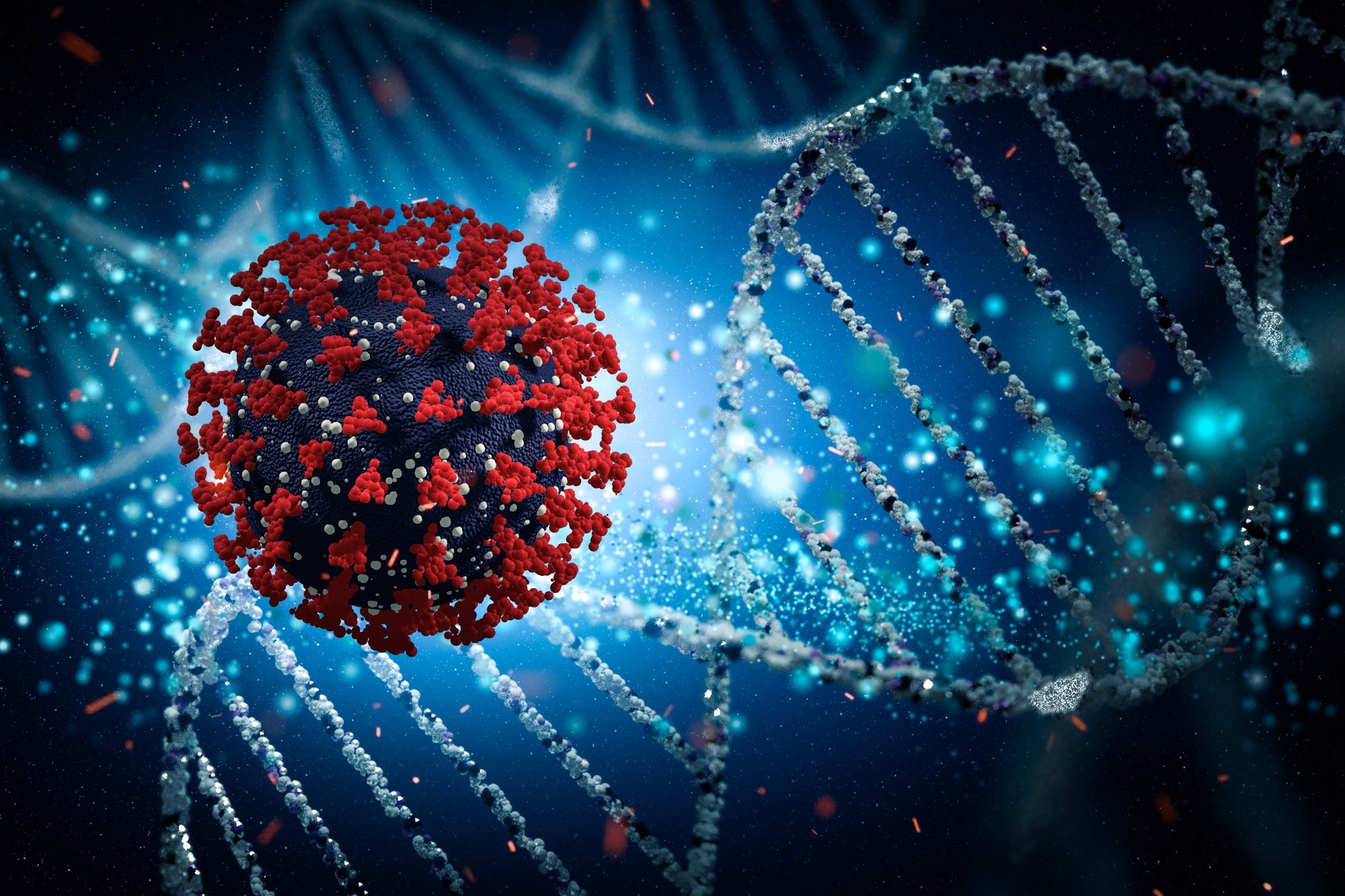In a recent study published on the medRxiv* preprint server, researchers conducted blood digital transcriptomics to determine the persistence of severe acute respiratory syndrome coronavirus 2 (SARS-CoV-2) ribonucleic acid (RNA) in patients living with long-term consequences of coronavirus disease 2019 (COVID-19).
 Study: Blood transcriptomics reveal persistent SARS-CoV-2 RNA and candidate biomarkers in long COVID patients. Image Credit: Follow Focus / Shutterstock.com
Study: Blood transcriptomics reveal persistent SARS-CoV-2 RNA and candidate biomarkers in long COVID patients. Image Credit: Follow Focus / Shutterstock.com

 *Important notice: medRxiv publishes preliminary scientific reports that are not peer-reviewed and, therefore, should not be regarded as conclusive, guide clinical practice/health-related behavior, or treated as established information.
*Important notice: medRxiv publishes preliminary scientific reports that are not peer-reviewed and, therefore, should not be regarded as conclusive, guide clinical practice/health-related behavior, or treated as established information.
Background
SARS-CoV-2, the causative pathogen of the COVID-19 pandemic, has caused unprecedented damage to mankind, with approximately 775 million infections and seven million deaths reported worldwide to date. Even three years after the start of the pandemic, an estimated 65 million people continue to experience health complications. These long-term symptoms that develop after resolution of acute SARS-CoV-2 infection and persist for weeks, months or even years are collectively referred to as long COVID.
Long COVID has been associated with a wide range of symptoms, some of which include fatigue, joint pain, post-exertional malaise, cardiorespiratory symptoms, neurological symptoms, or digestive symptoms. Healthcare professionals often find it hard to explain and manage these symptoms due to their similarities with other chronic illnesses that are commonly developed after an infection. Thus, there remains an urgent need for identifying diagnostic biomarkers to guide the clinical management of long COVID.
Study design
In the current study, scientists conduct blood digital transcriptomics to determine viral persistence and identify long COVID diagnostic biomarkers in a real-world and general practice-based setting with a long clinical follow-up period.
The study included a total of 48 long COVID patients who were monitored for up to 39 months after acute SARS-CoV-2 infection. Within this study cohort, 12 control individuals without long COVID were included and matched for age, sex, time since acute SARS-CoV-2 infection, COVID-19 severity, vaccination status, and comorbidities.
Whole blood samples collected from the participants were subjected to digital transcriptomic analysis to identify differentially expressed genes. All individual SARS-CoV-2 transcripts were summated to determine total blood viral load.
Important observations
Digital transcriptomic analysis identified a total of 212 differentially expressed genes between long COVID patients and controls. Considering a false discovery rate (FDR) cut-off of 5%, 70 out of 212 genes remained significant.
The RNA of several viral proteins, including the nucleocapsid, open reading frame 7a (ORF7a), ORF3a, main protease (Mpro), and antisense ORF1ab proteins, exhibited upregulated expression in long COVID patients. However, a downregulated expression of spike RNA was observed in the transcriptomic analysis. The upregulation of ORF1ab indicates ongoing viral replication.
Regarding virus-related host genes, an increased expression was observed for angiotensin converting enzyme 2/transmembrane serine protease 2 (ACE2/TMPRSS2) coreceptors and dipeptidyl peptidase 4/ FURIN (DPP4/FURIN) proteases in long COVID patients. ACE2 is a well-established host cell membrane receptor for SARS-CoV-2 entry, whereas DPP4 has been proposed as a coreceptor for SARS-CoV-2 entry.
Further statistical analysis identified antisense SARS-CoV-2 RNA and FYN RNA, a Src family tyrosine kinase, as independent predictors of disease status. These two biomarkers independently predicted long COVID disease status with 93.8% sensitivity and 91.7% specificity.
Biological pathway analysis of transcriptomic data revealed a significant reduction in lymphocyte activation and immunometabolism in long COVID patients. A negative correlation was also observed between immunometabolism and total systemic viral load.
Among long COVID patients, a significant variation in total systemic viral load was observed. Further analysis revealed that the number of comorbidities and COVID-19 vaccine doses were independent predictors of the low- and high-viral load status.
A correlation was observed between viral RNA, immunometabolism, and patient-reported anxiety and depression. Greater SARS-CoV-2 antisense RNA levels and lower immunometabolism were observed among severe COVID-19 patients as compared to mild COVID-19 patients.
Study significance
The persistent presence of SARS-CoV-2 RNA was observed in the blood of long COVID patients for over two years after recovering from acute viral infection. The researchers also identified antisense SARS-CoV-2 and FYN RNA levels as independent predictors of long-COVID status with more than 90% specificity and sensitivity.
Importantly, the current study is the first of its kind to provide a candidate two-gene blood biomarker that can be used clinically to diagnose long-COVID patients.

 *Important notice: medRxiv publishes preliminary scientific reports that are not peer-reviewed and, therefore, should not be regarded as conclusive, guide clinical practice/health-related behavior, or treated as established information.
*Important notice: medRxiv publishes preliminary scientific reports that are not peer-reviewed and, therefore, should not be regarded as conclusive, guide clinical practice/health-related behavior, or treated as established information.
Journal reference:
- Preliminary scientific report.
Menezes, S. M., Jamoulle, M., Carletto, M. P., et al. (2024). Blood transcriptomics reveal persistent SARS-CoV-2 RNA and candidate biomarkers in long COVID patients. medRxiv. doi:10.1101/2024.01.14.24301293